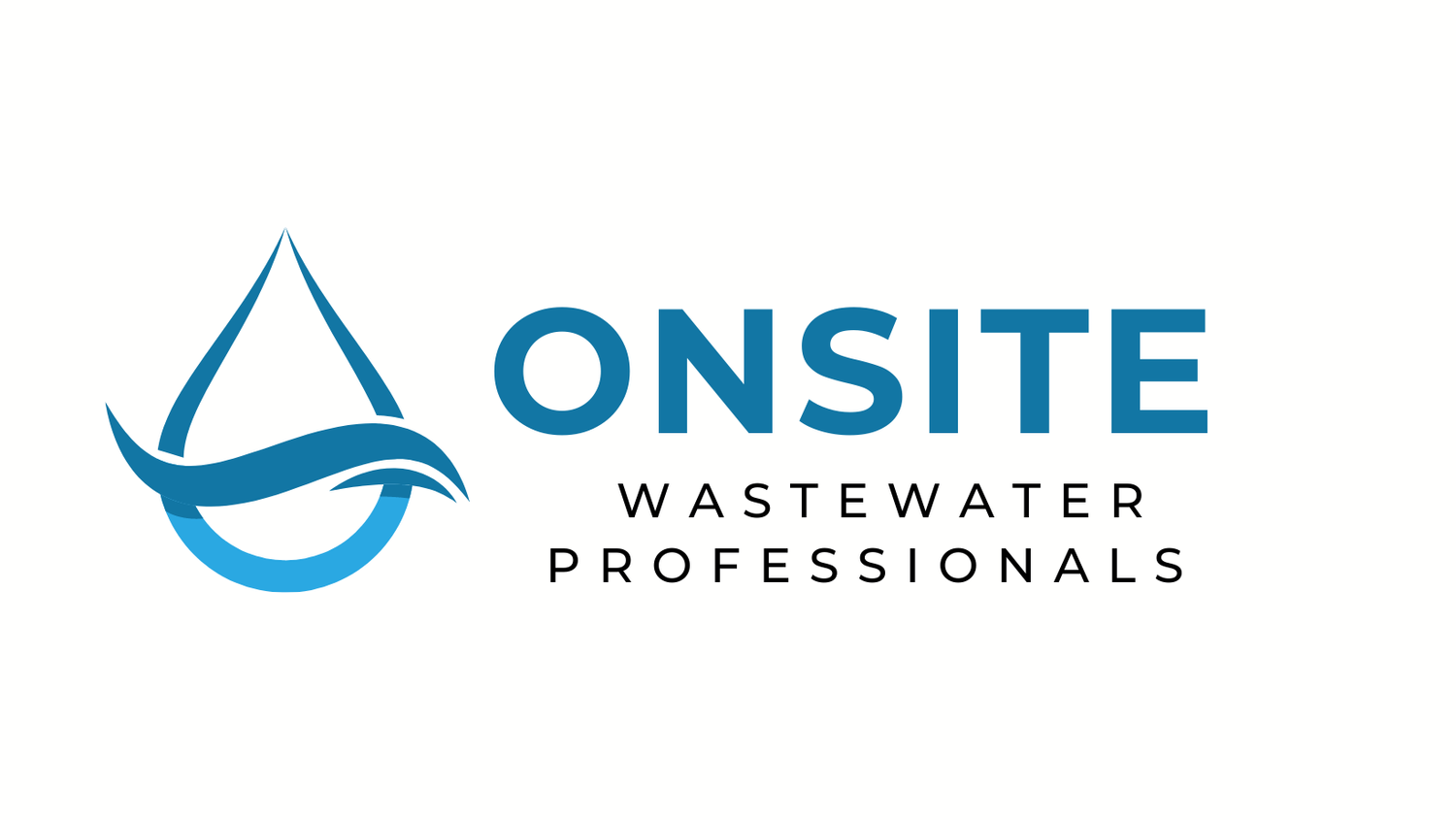O&M: Subsurface Drip Systems
This class is designed for experienced onsite wastewater professionals who want to expand their knowledge and skills in the operation and maintenance of subsurface drip systems. Participants will engage in a comprehensive overview of the essential components, best practices, troubleshooting techniques, and advanced preventive maintenance strategies for efficient and effective subsurface drip systems. With a blend of theoretical knowledge and practical, hands-on exercises, attendees will leave the class with the confidence and expertise to optimize the performance and longevity of these systems in the field.
Agenda
Introduction to Subsurface Drip Systems
Brief overview of subsurface drip system components: Participants will learn about the different components of subsurface drip systems, including control valves, filters, pressure regulators, emitters, and tubing. They will understand how each component contributes to the overall performance of the system and how to identify and troubleshoot problems with each of them.
Importance of proper operation and maintenance: Participants will learn why proper operation and maintenance of subsurface drip systems is essential for the system's performance and longevity. They will also learn about the environmental and regulatory considerations they need to keep in mind while operating and maintaining these systems.
System Design and Installation
Key design principles for subsurface drip systems: Participants will learn about the different design principles that go into creating subsurface drip systems. They will understand the importance of selecting appropriate emitter spacing, flow rates, and pressure regulators to ensure optimal performance.
Material selection and system components: Participants will learn about the different materials used in subsurface drip systems, including tubing, emitters, filters, and pressure regulators. They will also learn how to select the right materials and components for different soil types and environmental conditions.
Proper installation techniques to ensure long-term performance: Participants will learn about the different installation techniques used in subsurface drip systems, including trenching, plowing, and directional boring. They will understand how each technique affects system performance and longevity and how to troubleshoot installation-related issues.
Operation Best Practices
System start-up procedures: Participants will learn about the different procedures involved in starting up a subsurface drip system, including flushing, testing, and adjusting system components. They will learn how to optimize system performance during start-up and how to identify and troubleshoot start-up issues.
Monitoring and record-keeping requirements: Participants will learn about the different monitoring and record-keeping requirements for subsurface drip systems, including flow rate measurements, pressure readings, and maintenance logs. They will understand how to keep accurate records and how to use them to evaluate system performance.
Optimal flow rates and system pressures: Participants will learn about the different flow rates and system pressures required for optimal subsurface drip system performance. They will understand how to adjust flow rates and pressures to optimize system performance and how to troubleshoot flow rate and pressure-related issues.
Preventive Maintenance
Routine maintenance procedures for key system components: Participants will learn about the different routine maintenance procedures required to keep subsurface drip systems operating efficiently, including filter cleaning, emitter flushing, and tubing maintenance. They will understand how to schedule and document routine maintenance activities and how to troubleshoot maintenance-related issues.
Scheduling and documentation of maintenance activities: Participants will learn about the different scheduling and documentation requirements for subsurface drip system maintenance activities. They will understand how to keep accurate maintenance records and how to use them to evaluate system performance.
Importance of proactive system management: Participants will learn about the importance of proactive system management for subsurface drip systems, including regular system evaluations and maintenance activities. They will learn how to identify and troubleshoot potential system issues before they cause significant problems.
Troubleshooting and Repairs
Common issues and their root causes: Participants will learn about the common issues that occur in subsurface drip systems, including clogging, emitter failures, and tubing damage. They will understand the root causes of these issues and how to troubleshoot and repair them.
Diagnostic techniques and tools for system evaluation: Participants will learn about the different diagnostic techniques and tools used to evaluate subsurface drip system performance, including flow meters, pressure gauges, and soil moisture sensors. They will understand how to use these tools to diagnose system issues and how to troubleshoot and repair them.
Effective repair strategies and long-term solutions: Participants will learn about the different repair strategies and long-term solutions for subsurface drip systems, including emitter replacement, tubing repair, and soil amendments. They will understand how to implement effective repair strategies and how to evaluate the effectiveness of these strategies over time.
Hands-on Practical Exercise
Interactive demonstration of maintenance procedures: Participants will have the opportunity to participate in hands-on demonstrations of maintenance procedures, including filter cleaning, emitter flushing, and tubing repair. They will gain practical experience in these procedures and will learn how to troubleshoot maintenance-related issues.
Troubleshooting scenarios and guided problem-solving: Participants will be presented with different troubleshooting scenarios and will work in groups to identify and solve system issues. They will gain experience in problem-solving and learn how to apply different diagnostic techniques and tools to evaluate system performance.
Group discussion and experience sharing: Participants will have the opportunity to share their experiences and insights with one another and to discuss different aspects of subsurface drip system operation and maintenance.
Conclusion and Q&A
Recap of the day's key takeaways: The instructor will summarize the key takeaways from the class and will review the different topics covered throughout the day.
Open forum for questions and additional discussion: Participants will have the opportunity to ask questions and to discuss any additional topics related to subsurface drip system operation and maintenance.
Distribution of course completion certificates: Participants will receive course completion certificates at the end of the class.

